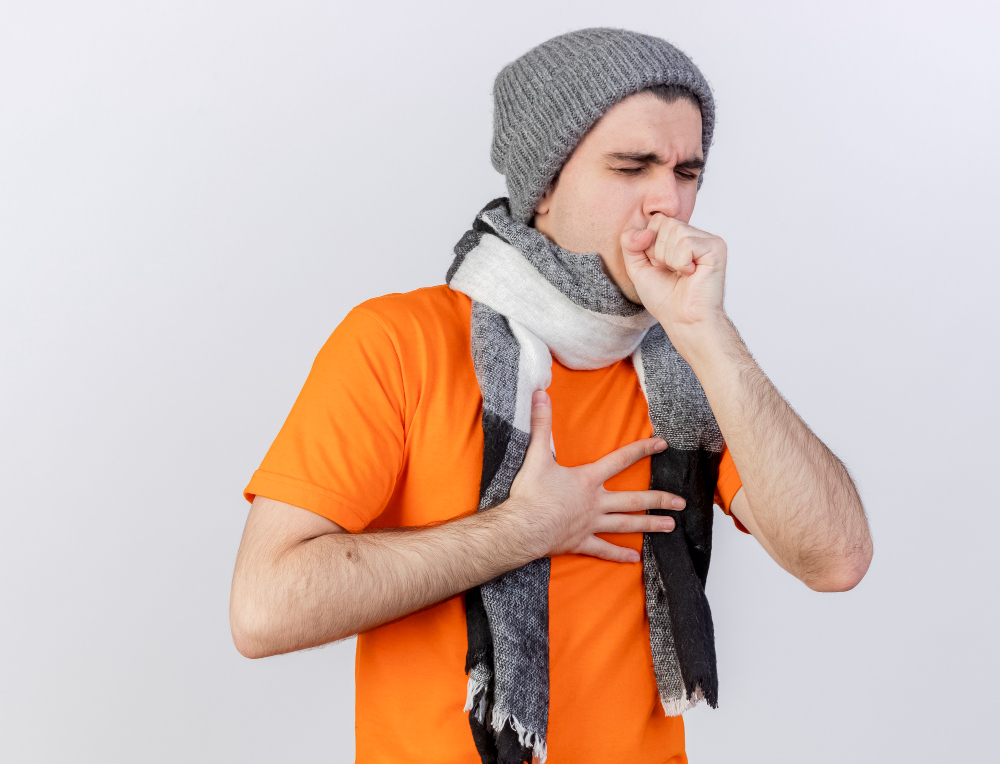Understanding Ragweed Allergies: Symptoms and Treatment

When people think of allergies triggered by changing seasons, they often imagine grass and tree pollen in the spring. However, during the fall season, there’s another type of pollen that’s just as common and troublesome for those with allergies – ragweed pollen. Ragweed allergy season begins in early August, peaks in mid-September and October, and tapers off in November.
Ragweed pollen allergy is a significant cause of seasonal allergic rhinitis, also known as hay fever, impacting over 23 million individuals in the United States. This pollen is widespread across the United States and even in Canada.
Ragweed Allergy: What You Need to Know
Ragweed serves as an allergen for those susceptible to it. Ragweed pollen, made up of small airborne particles, can cause allergic reactions in people who are sensitive to it. Common symptoms include coughing, runny nose, and an itchy throat.
Understanding Ragweed and Its Pollen
Ragweed plants, common as wild weeds, thrive extensively in the eastern and Midwestern regions. These plants vary from shrubs to herbs, often found in suburban and rural settings. Most ragweed plants are annuals, completing their life cycle within a year. They begin sprouting in spring and bloom in mid-August across many parts of the country. Factors like warm weather, low humidity, and breezy conditions facilitate the release of ragweed pollen.
Unveiling Ragweed Pollen
Ragweed pollen takes the form of powdery grains responsible for pollination among ragweed plants. A ragweed plant can generate up to a billion pollen grains floating through the air. These grains can lead to seed production or cause discomfort when inhaled, landing in the nose, eyes, or mouth. Pollen can also stick to clothes, hair, and skin.
Symptoms of Ragweed Allergies
Similar to other pollen allergies, ragweed allergies can result in seasonal allergic rhinitis, causing inflammation of nasal passages. Those with ragweed allergies might experience a skin rash upon contact or exposure to the plant.
– Other common symptoms include:
– Nasal congestion
– Runny nose with thin discharge
– Postnasal drip
– Sneezing
– Coughing
– Watery, itchy, or irritated eyes
– Eye swelling (“allergic shiner”)
– Fatigue or weakness
– Skin hives

Identifying Ragweed Rash
After exposure to ragweed pollen, individuals may develop itchy red streaks on their skin within 24 to 48 hours. This rash can become painful and form blisters. The rash usually lasts for two to three weeks, but it tends to get better with time.
Ragweed and Asthma
Inhaling ragweed pollen can lead to inflammation and swelling of the lungs and airways in individuals with both asthma and ragweed allergies. This can result in increased coughing, wheezing, and shortness of breath – classic signs of an asthma attack.

Preventing and Managing Ragweed Allergies
Over-the-counter and prescription allergy medications, such as antihistamines and anti-inflammatory nasal sprays, can provide relief from ragweed allergy symptoms. Allergy shots and under-the-tongue tablets are available for immunotherapy to reduce or eliminate symptoms over time.
Minimizing the Impact of Ragweed Season To minimize the impact of ragweed allergies:
– Take allergy medications before symptoms peak
– Avoid outdoor activities during high pollen periods
– Change clothes after being outside
– Wear a mask for outdoor activities
– Monitor pollen counts and weather forecasts
– Keep windows and doors shut
– Shower and change clothes after being outside
– Ragweed allergies might pose challenges, but with proper managementand preventive measures, they can be navigated effectively.
